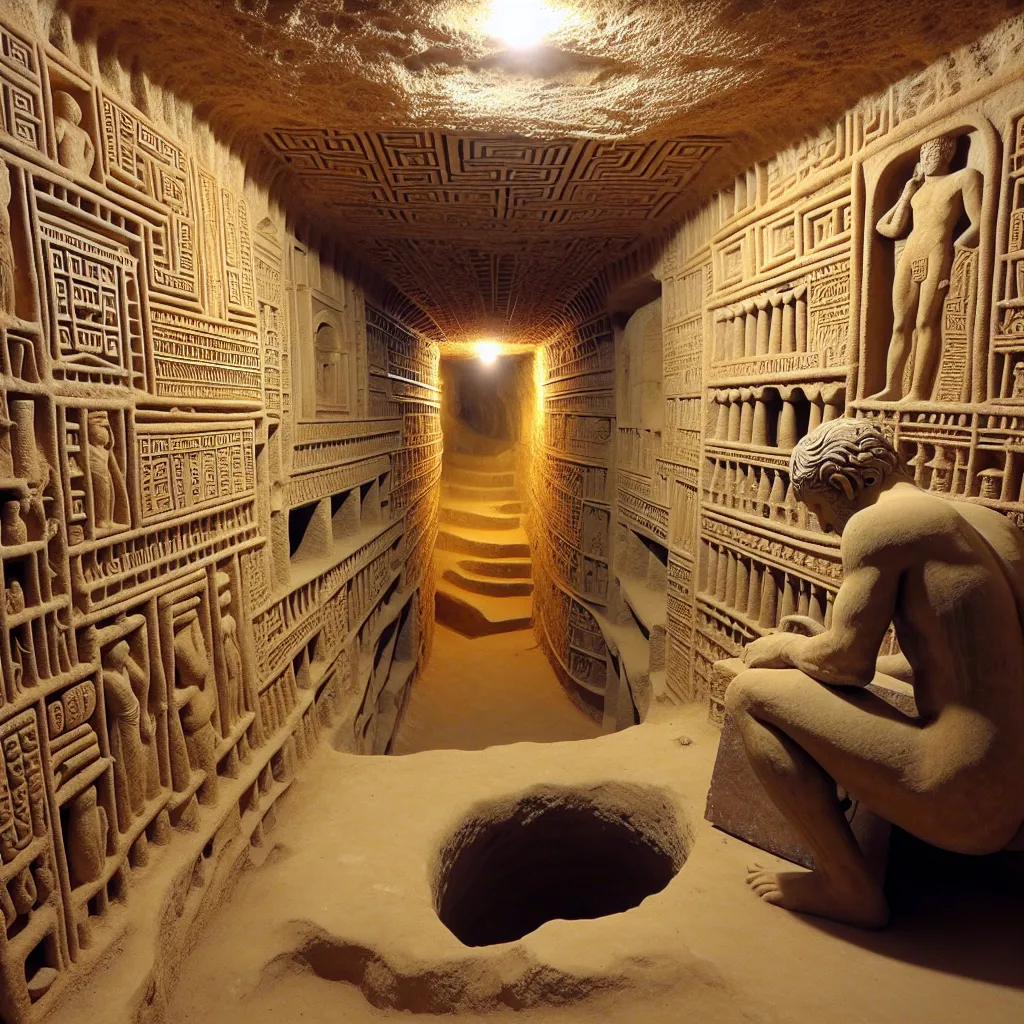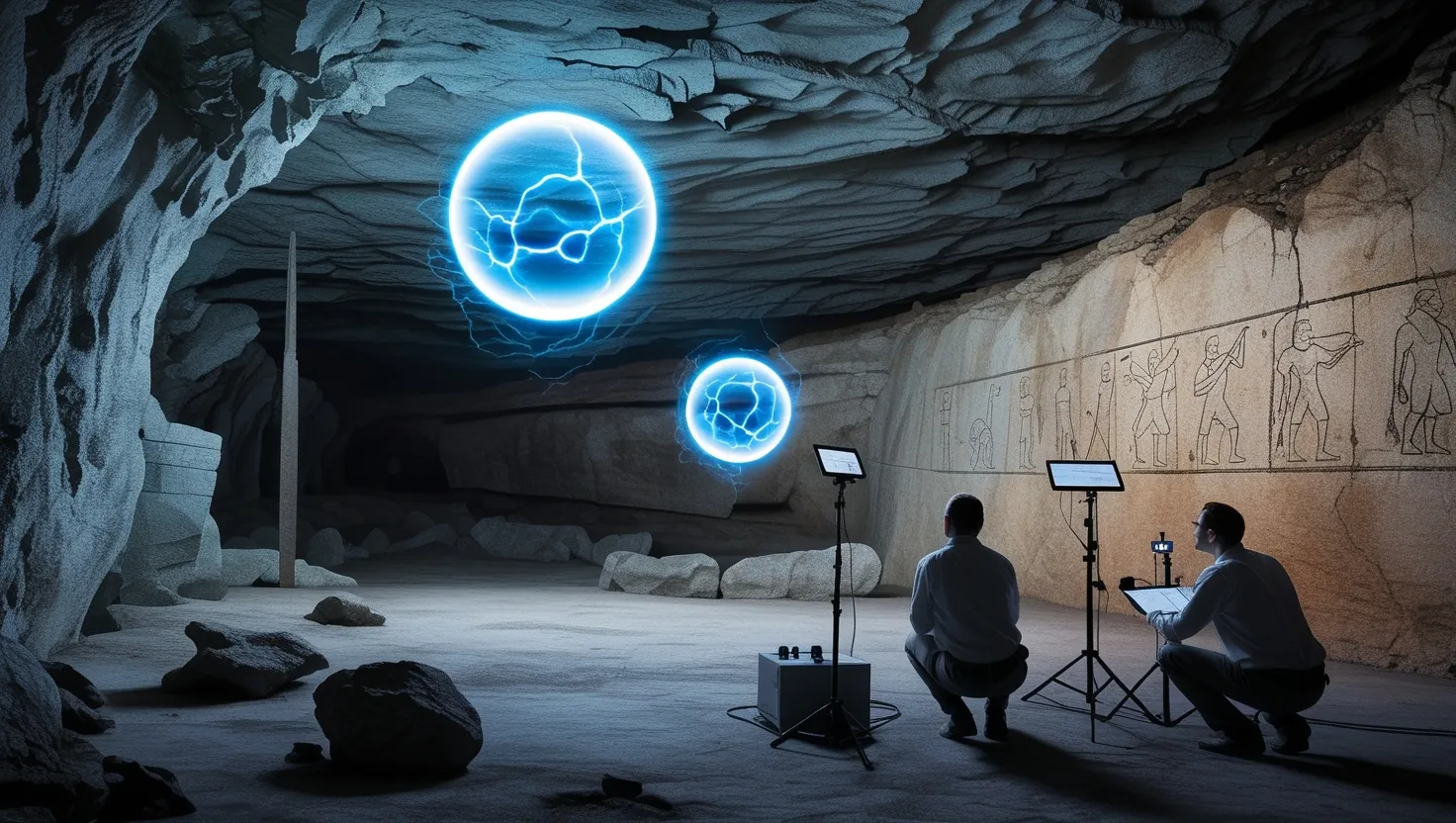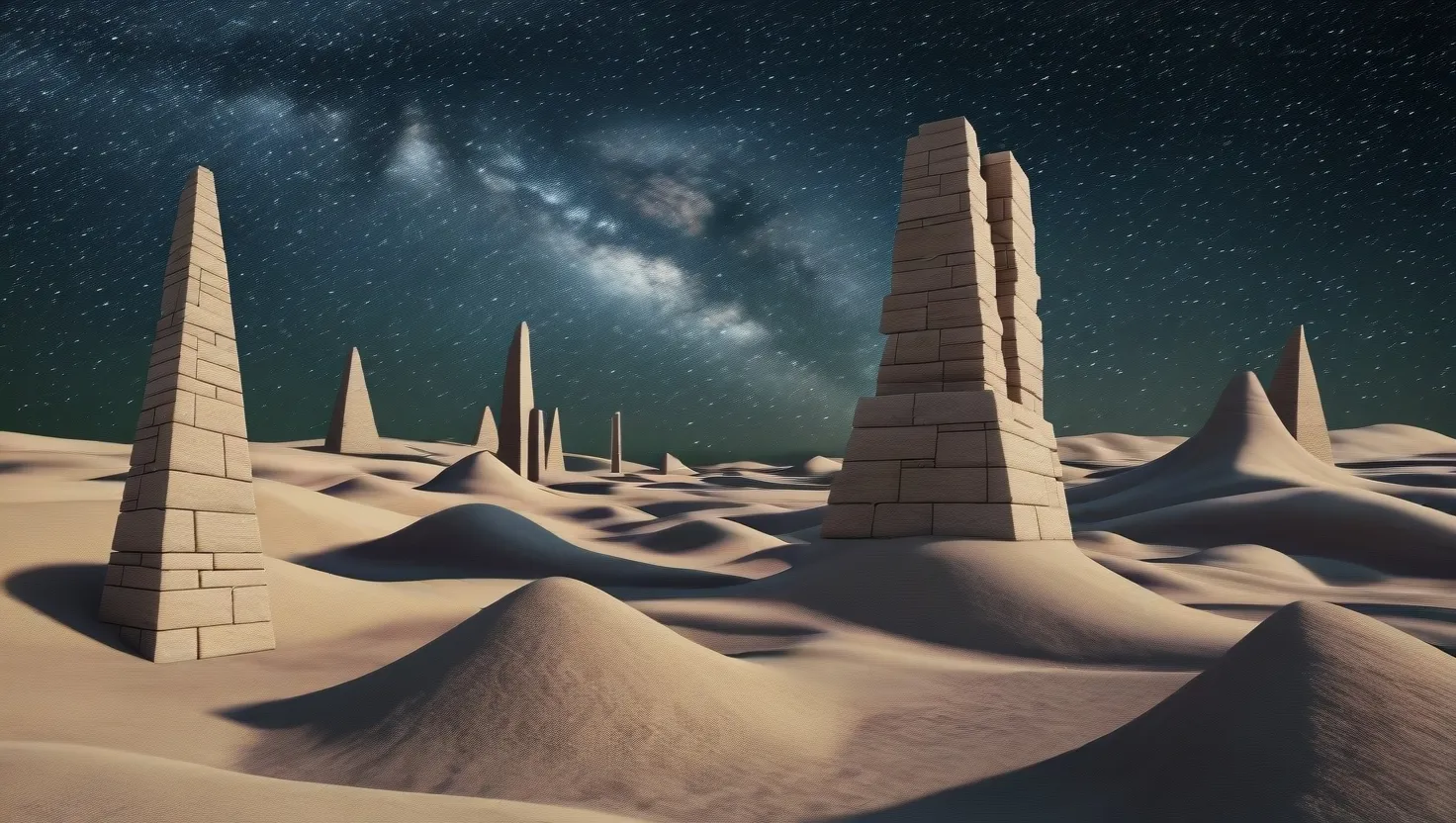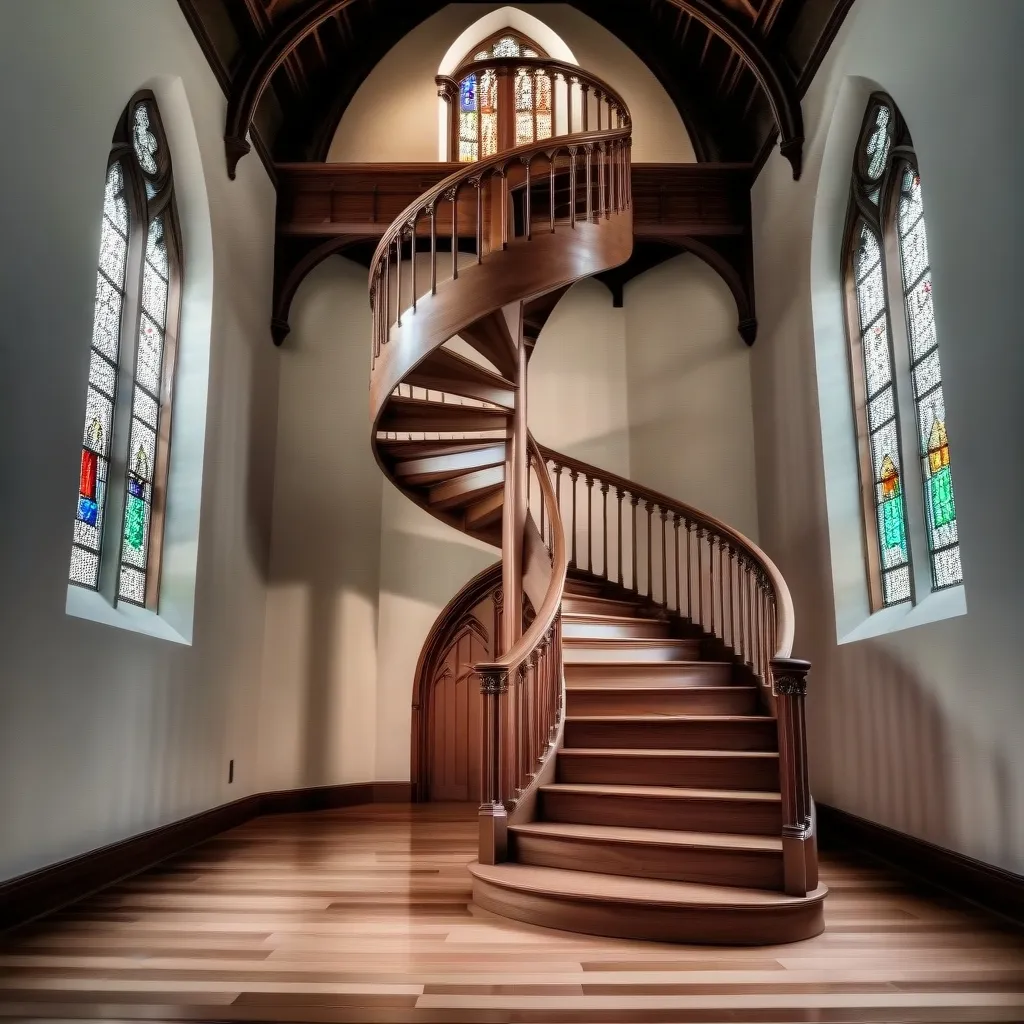Imagine this: A man from the Nevershire province of Turkey was casually renovating his basement with a sledgehammer when he accidentally broke through a wall and felt a cool breeze coming from the other side. Curious, he squeezed through the hole and found himself in what appeared to be a small cave. At first, he was excited, thinking he had stumbled into the region’s complex cave system. But when he shone his flashlight around, he discovered writings on the walls in Roman, Greek, and other unrecognized languages.
With a flashlight to guide him, he ventured further into a narrow stone hallway that quickly revealed itself as more than just a natural cave. The ceiling was rough, but the walls were eerily smooth, making him wonder if this place had a human touch. The hallway led him to a large room that branched out into a labyrinth of passageways and smaller rooms, some designed like ancient storage spaces. The deeper he went, the more he realized this wasn’t just a random hideout; it was far too extensive.
Hours of exploration led him to a set of carved steps plunging even deeper into darkness. By this point, it was obvious this subterranean structure wasn’t natural—it was built by people. Overwhelmed by its size, he contacted Turkish authorities who told him he might have unearthed the hidden city of Derinkuyu, a myth he’d grown up hearing. He replied, “It’s not a myth.”
Derinkuyu lies in the Cappadocia region of central Turkey, a place known for its unique geology shaped by ancient volcanoes. The volcanic ash formed a soft rock called tuff, which is easy to carve—perfect for creating underground structures. The rock’s name, tuff, comes from the Latin “tofus,” and though it doesn’t sound soft, it’s been used in construction since ancient times.
Unlike other regions, where people built structures on top of land, Derinkuyu’s residents built downwards. This massive underground city goes over 250 feet deep. The city expands over five square miles and could house more than 22,000 people, complete with apartments, dining halls, schools, markets, and even stables for livestock. Ventilation shafts and a fresh water system from underground rivers ensured they could live down there comfortably.
But why would anyone go through the trouble of building such an extensive underground city? Most archaeologists agree it was for protection. It wasn’t just a bunk, but a fortress with hidden entrances and retractable stone doors weighing over a thousand pounds to seal off invaders. Narrow tunnels enforced single-file entry, creating choke points for attackers. Every level had armories, and secret exits allowed for counter-attacks or escapes. Secret passageways even led to another underground city, Kaymakli, about four miles away.
The exact builders of Derinkuyu are still debated. Some suggest the Hittites started construction around 3,000 to 4,000 years ago since they controlled the region. Others believe the Phrygians, talented engineers who thrived until the 6th century BC, expanded it. Greek inscriptions and Christian symbols suggest occupants like early Christians also used Derinkuyu as a sanctuary from various threats throughout history.
Derinkuyu’s enduring mystery and historical importance make it a fascinating find. It served as a refuge and sanctuary for many over the centuries. This story of discovery reminds us that the walls we encounter, both literal and mental, can often hide something wonderful. So, break down those barriers—you never know what you might uncover.






